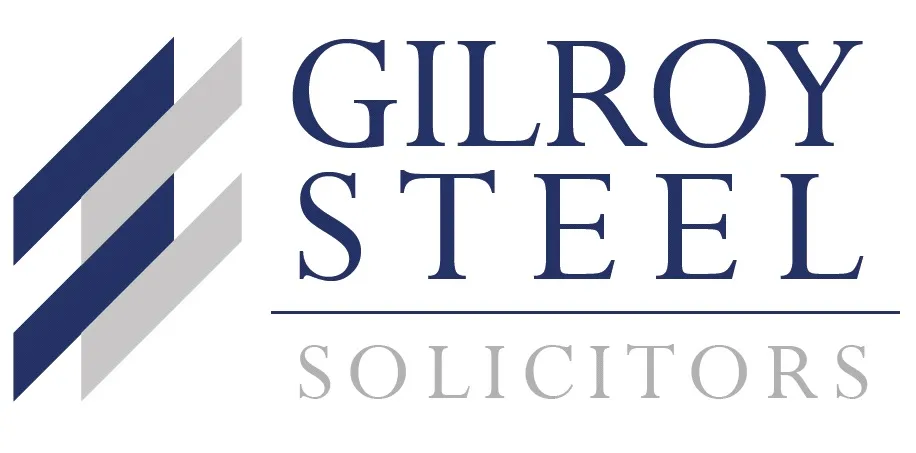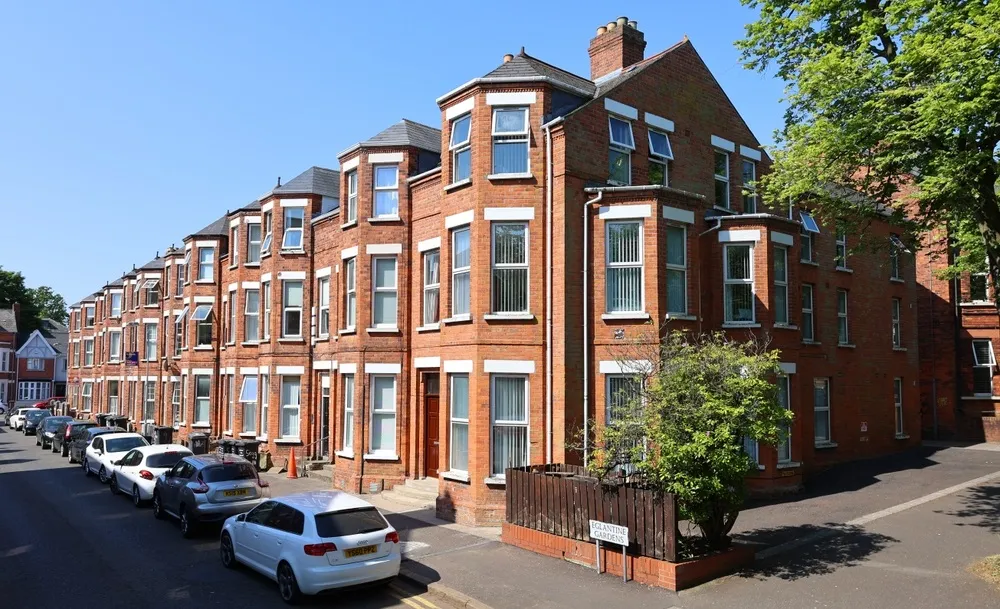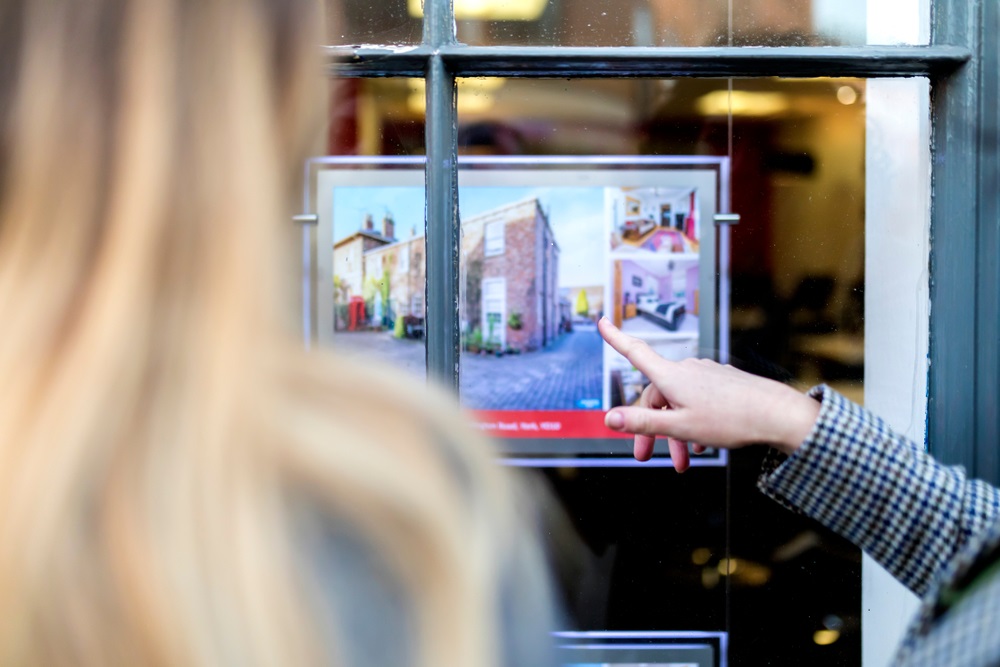House prices inched up by 0.5% in the UK in September with annual growth remaining similar to the previous month, according to Nationwide.
Most regions experienced slower house price increases in the last year with a notable exception being Northern Ireland where annual house price growth was 9.6%.
This compares to the average house price rise of 2.2% across the UK as a whole. It means, the typical property price across all the regions is £271,995.
Robert Gardner, chief economist at Nationwide said: “The broad stability in the annual rate of house price growth over the past three months mirrors that of activity.
“The number of mortgages approved for house purchase have been hovering at around 65,000 cases per month, close to the pre-pandemic average (despite the higher interest rate environment).
“Despite ongoing uncertainties in the global economy, underlying conditions for potential home buyers in the UK remain supportive.
“Unemployment is low, earnings are rising at a healthy pace, household balance sheets are strong and borrowing costs are likely to moderate a little further if Bank Rate is lowered in the coming quarters as we, and most other analysts, expect.
“Providing the broader economic recovery is maintained, housing market activity is likely to strengthen gradually in the quarters ahead.”
Whilst Northern Ireland was the strongest performer on the Nationwide House Price Index, with annual house price growth of 9.6% in Q3, other countries could not quite achieve these gains.
Wales saw a slight increase in annual house price growth to 3.0% while growth in Scotland slowed to 2.9%, compared with 4.5% in the previous quarter.
In England house prices increased by 1.6%, from 2.5% in the previous quarter. The North – areas such as Tyneside, Teesside and Cumbria – was the top performing region in England, with prices rising 5.1% year on year.
But in Southern England price growth was just 0.7% annually.
Karen Noye, mortgage expert at Quilter, said: “The market is still just grinding forward rather than racing ahead. Lower inflation and an improving real-income picture are helping confidence, but affordability remains the binding constraint and any progress is likely to be gradual.”



















